In the competitive realm of handheld gaming, the newly launched Odin 2 Portal is poised to challenge the established Steam Deck. With its innovative features and sleek design, this Android-powered device is making waves. This blog delves into a comprehensive comparison of both devices to help you determine which one aligns better with your gaming preferences.
Table of Contents
- 🎮 Intro
- 🛠️ Design Build Quality
- 📱 Software
- ⚡ Performance
- 🕹️ Games
- ✨ Extra Features
- 🔋 Battery Life Comparison
- 📺 Display Quality
- 🎮 User Experience
- ❄️ Cooling Systems
- 📦 Storage Options
- 🔗 Connectivity Features
- 🎨 Customization Capabilities
- ⏩ Quick Wake Features
- 🔚 Conclusion
🎮 Intro
The handheld gaming market is evolving, and the Odin 2 Portal is stepping up to challenge the Steam Deck’s dominance. With its sleek design and powerful features, the Odin 2 Portal aims to attract gamers looking for a new experience. This blog will explore key aspects of both devices, allowing you to make an informed choice based on your gaming preferences.
🛠️ Design Build Quality
The design and build quality of a gaming device can significantly influence your overall experience. The Odin 2 Portal's sleek profile, measuring just 11.5 mm thick, is visually striking. Its curved glass screen not only enhances aesthetics but also provides a premium feel that is hard to ignore.
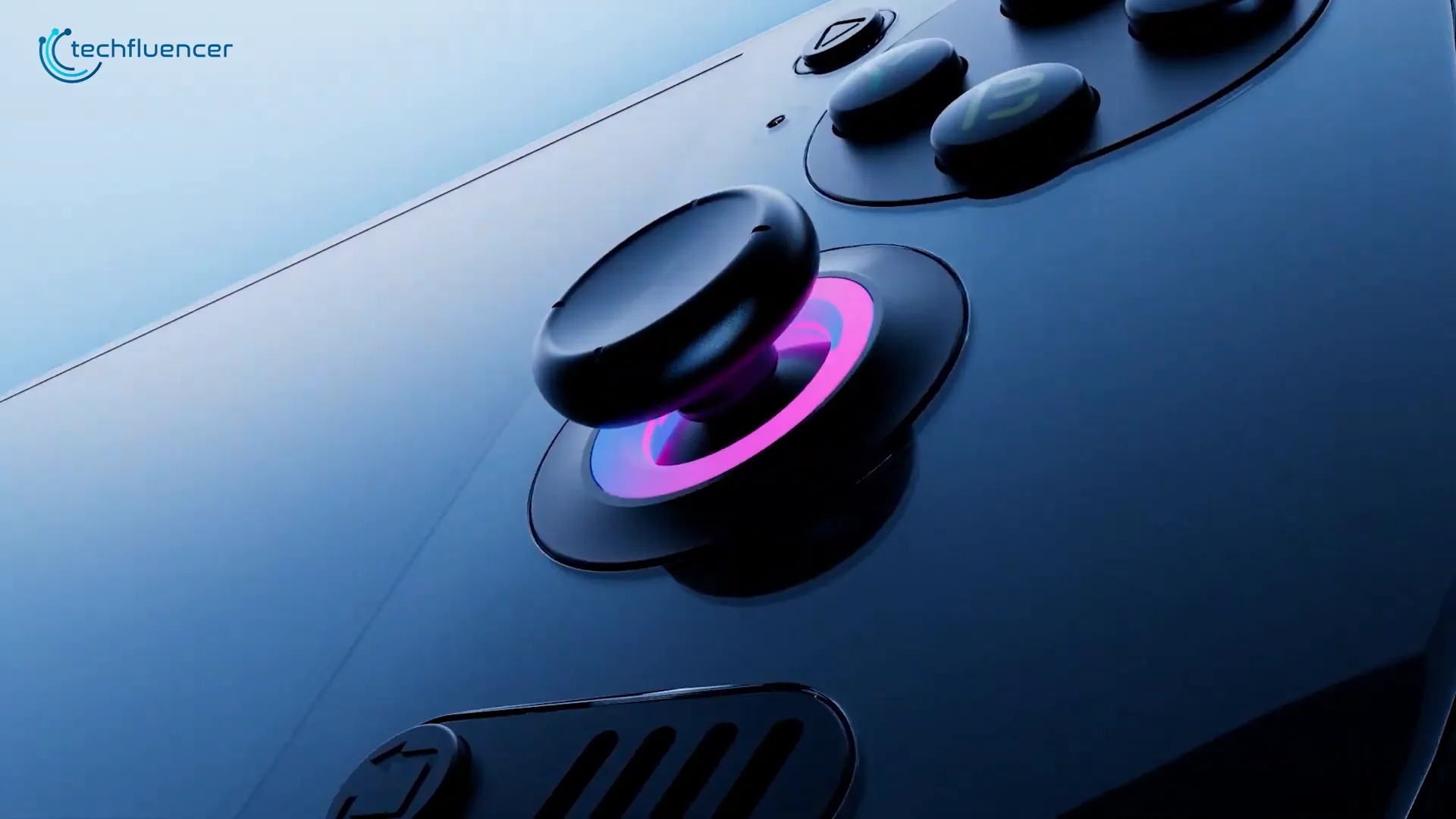
In contrast, the Steam Deck is bulkier. However, this added weight contributes to a more comfortable grip during extended gaming sessions. The sculpted back is designed to fit comfortably in various hand sizes, making it a practical choice for prolonged use.

Both devices feature impressive displays, but they cater to different preferences. The Odin 2 Portal boasts a 7-inch 1080p OLED screen with a 120 Hz refresh rate, delivering vibrant visuals. Meanwhile, the Steam Deck's OLED screen excels in producing deep blacks and vivid colors, enhancing the gaming experience.
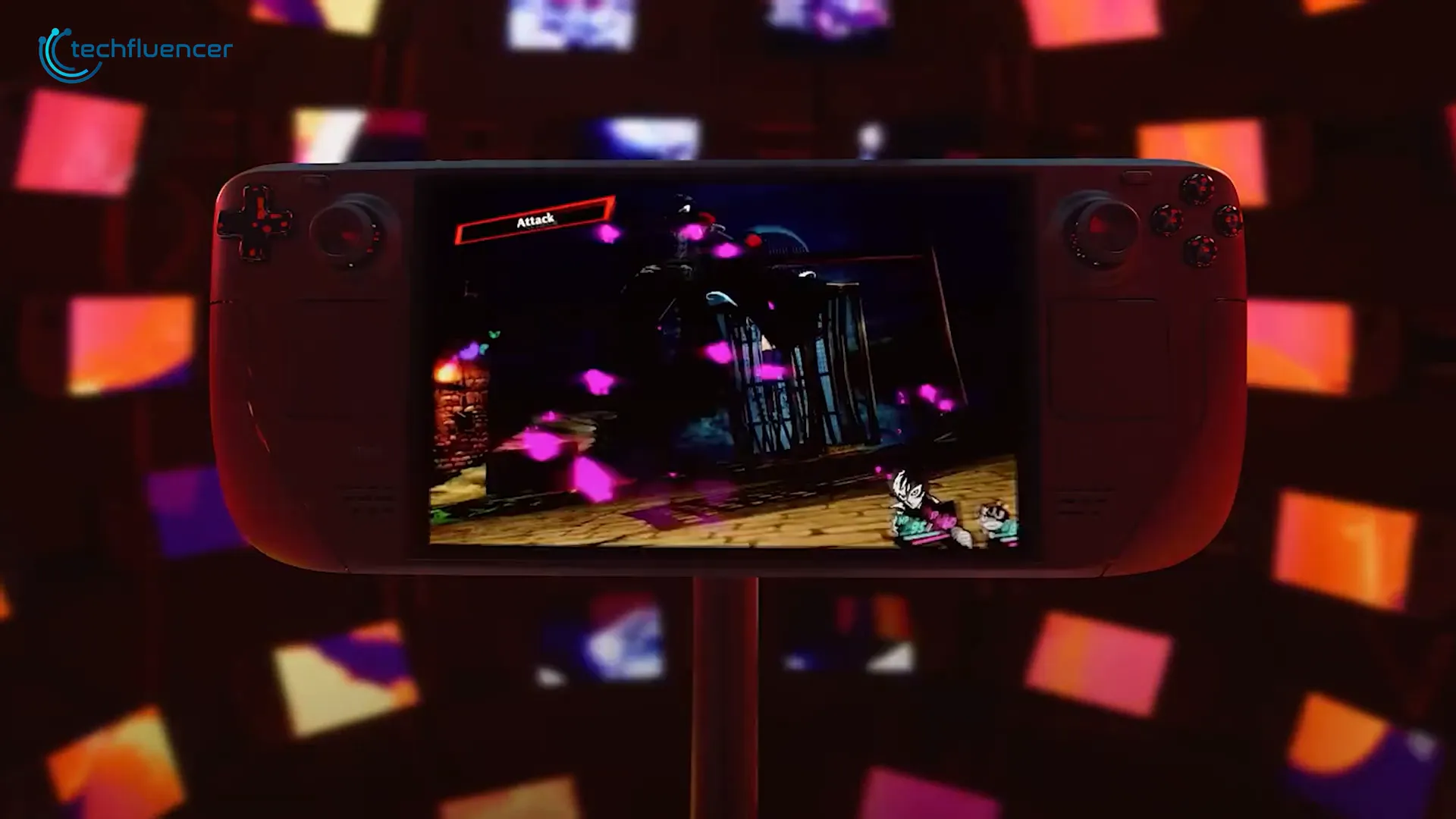
📱 Software
Software is the backbone of any gaming device. The Steam Deck operates on a customized version of Linux known as Steam OS. This software provides a console-like experience, allowing for seamless gameplay with an intuitive Big Picture Mode that's perfect for controllers.
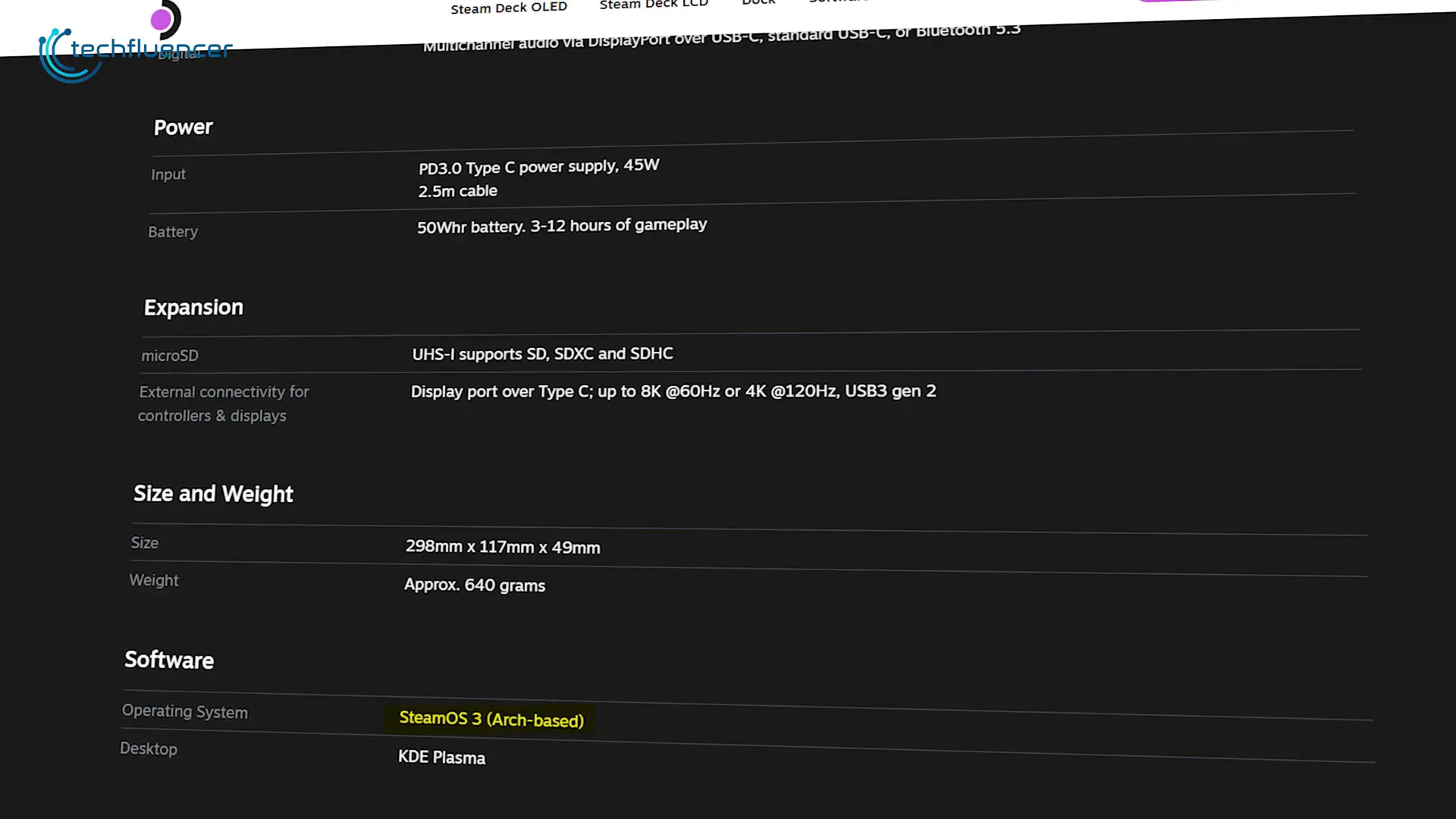
On the other hand, the Odin 2 Portal runs on Android 13, offering a more flexible environment. Gamers familiar with Android will find it easy to navigate. You can download games from the Play Store, set up emulators, and even stream games directly from your PC, making it a versatile choice for various gaming preferences.

⚡ Performance
Performance is critical in gaming, and both devices are equipped with powerful hardware. The Steam Deck features a custom AMD chip designed specifically for PC gaming. It handles most modern titles effectively, though users may need to tweak settings for optimal performance.

The Odin 2 Portal utilizes the Snapdragon 8 Gen 2 chip, known for its efficiency in mobile gaming and emulation. One of its standout features is heat management; the larger internal space allows for better airflow, ensuring the device stays cool during intense gaming sessions.
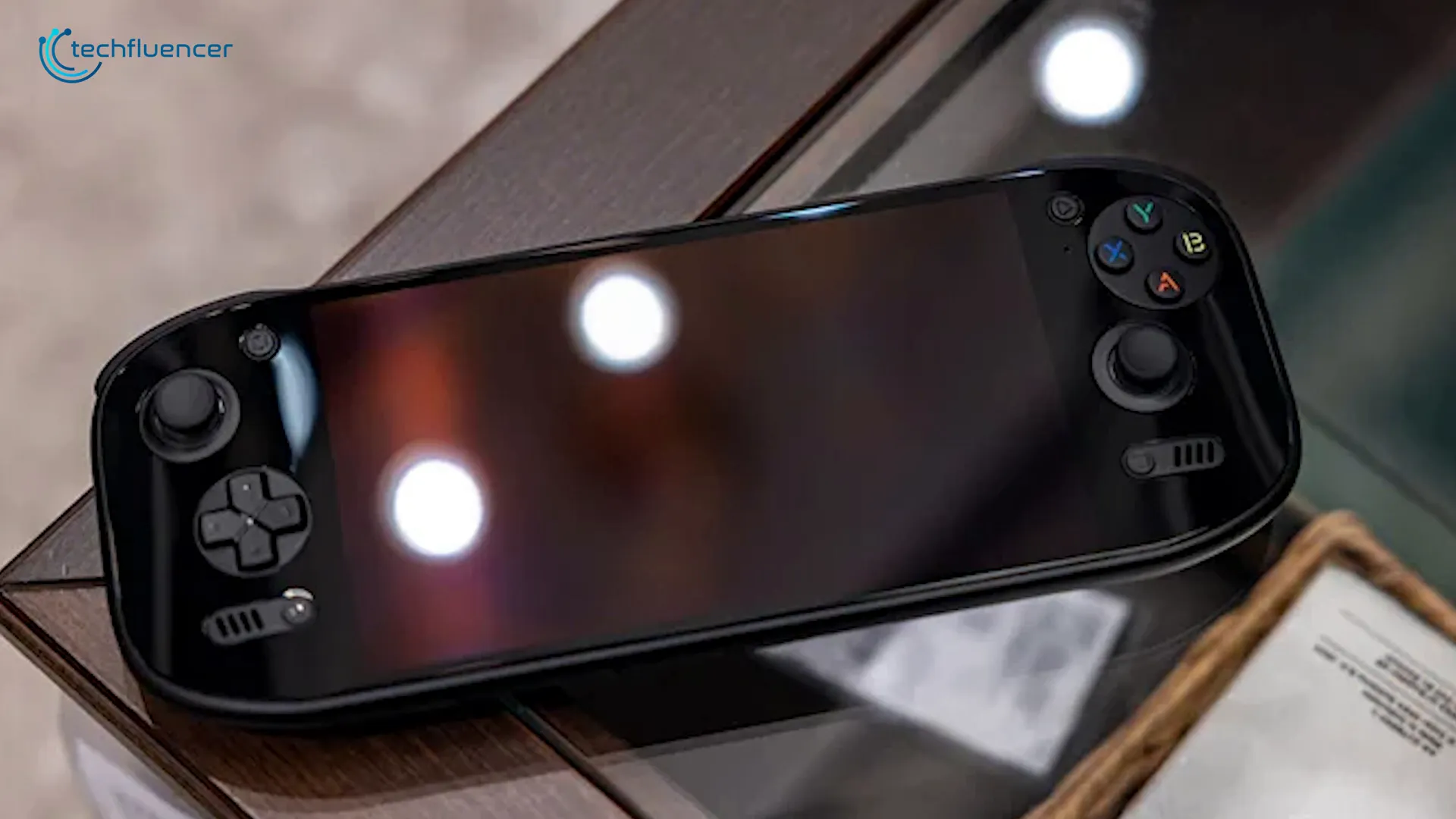
🕹️ Games
When it comes to gaming, both devices offer unique libraries. The Steam Deck grants access to your entire Steam library, accommodating everything from indie games to AAA titles. Compatibility ratings help users identify which games will run smoothly, enhancing the overall gaming experience.
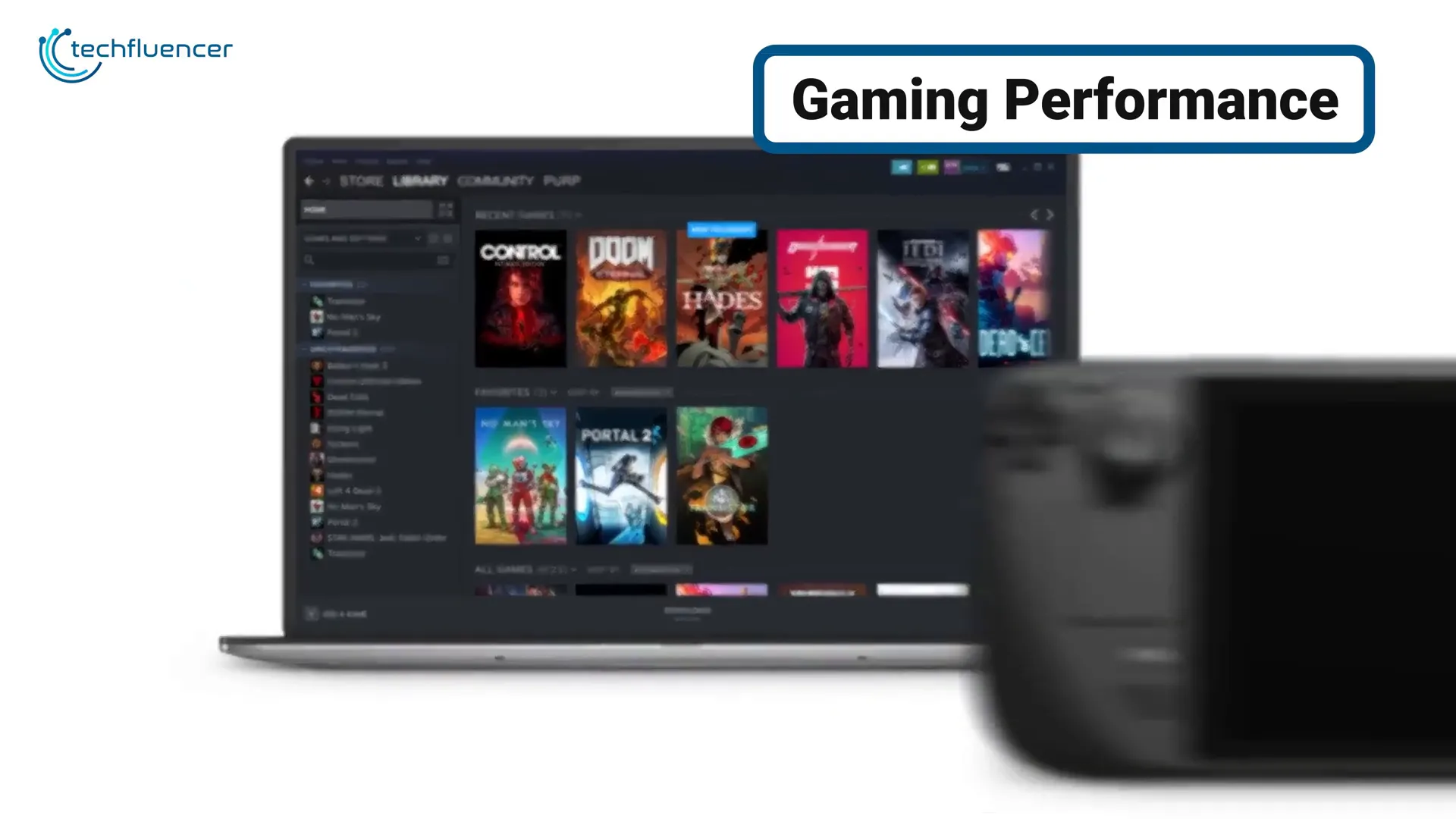
Conversely, the Odin 2 Portal shines in the realm of Android gaming and emulation. With access to thousands of mobile games and the ability to emulate older consoles, it provides varied gaming options. Additionally, both devices support cloud gaming services, allowing users to stream games from platforms like Xbox Game Pass and Nvidia GeForce Now.
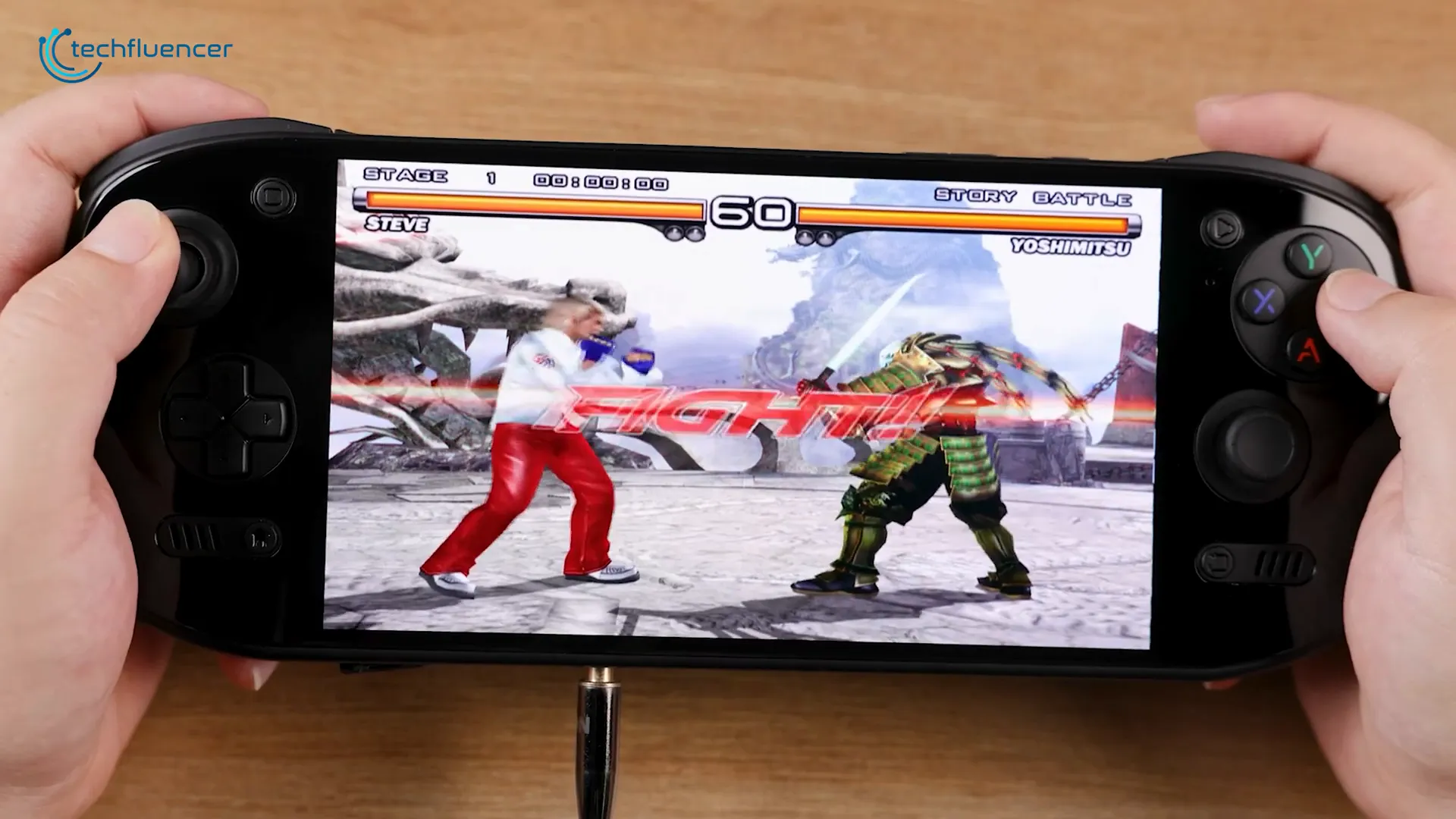
In summary, while the Steam Deck focuses on PC gaming, the Odin 2 Portal offers a broader range of mobile gaming and emulation options. Your choice will depend on the type of gaming experience you seek.
✨ Extra Features
Both the Odin 2 Portal and the Steam Deck come equipped with features designed to enhance your gaming experience. The Steam Deck OLED includes Wi-Fi 6E support, significantly reducing download times. This upgrade allows for faster game installations, meaning you can jump into your favorite titles without lengthy waits.
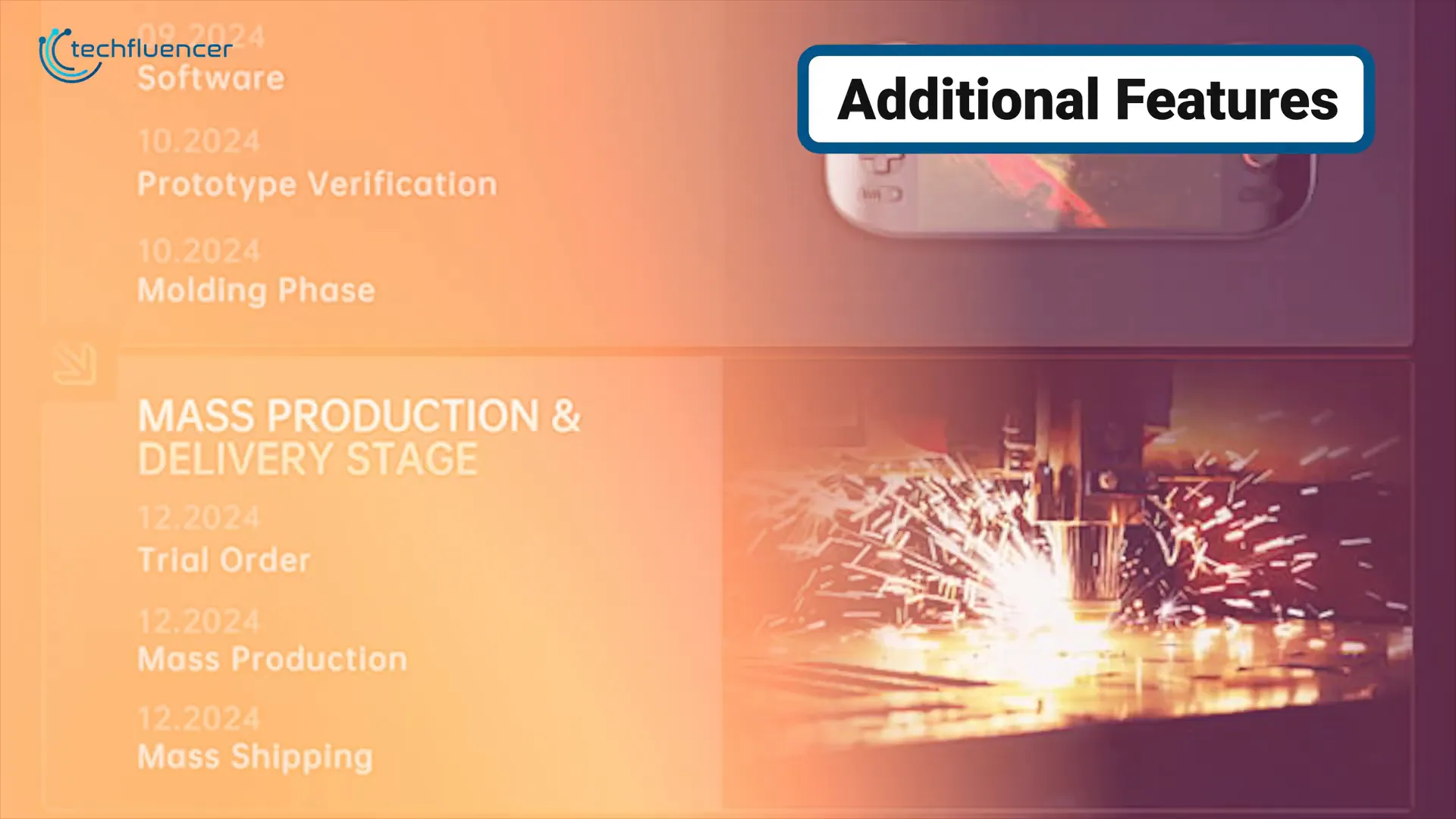
On the other hand, the Odin 2 Portal boasts Wi-Fi 7 capabilities, which is a step ahead in terms of technology. This feature not only future-proofs the device but also ensures a more stable connection during online gaming. Moreover, with Bluetooth 5.3, connecting wireless earbuds and controllers is seamless.

When it comes to storage, both devices support micro SD cards, but the Odin 2 Portal takes it a step further. It offers configurations of up to 1TB of internal storage, allowing gamers to store a vast library of games without the need for external cards. This is a significant advantage for those who prefer a clutter-free gaming experience.

Customization is another area where both devices shine. The Steam Deck allows users to install Windows, opening up even more gaming possibilities. This flexibility is ideal for gamers who want to explore beyond the Steam ecosystem.
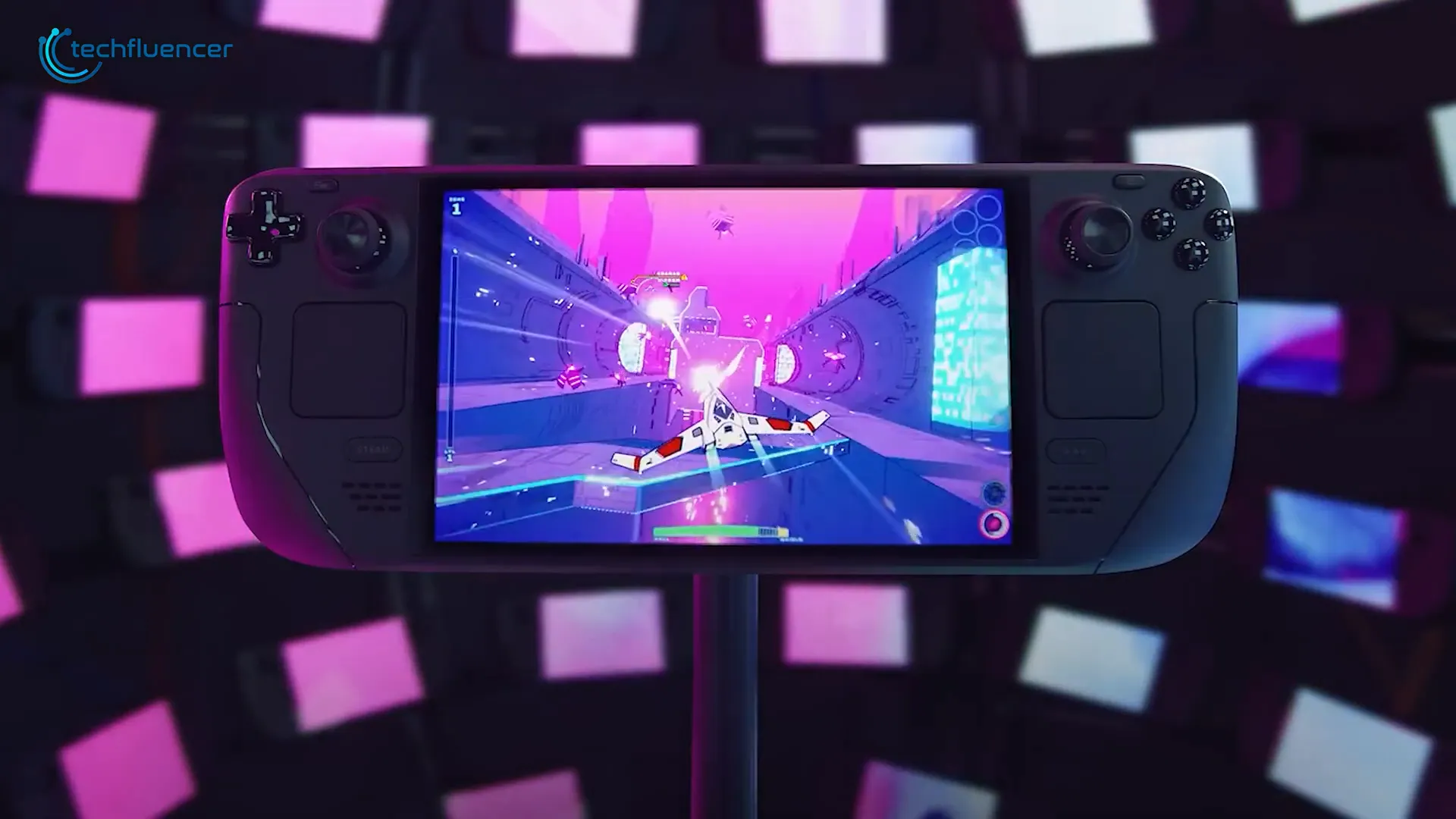
For the Odin 2 Portal, its active cooling system stands out. The larger internal space not only aids in better airflow but also prevents thermal throttling during demanding gaming sessions. This ensures that performance remains consistent, even during intense gameplay.
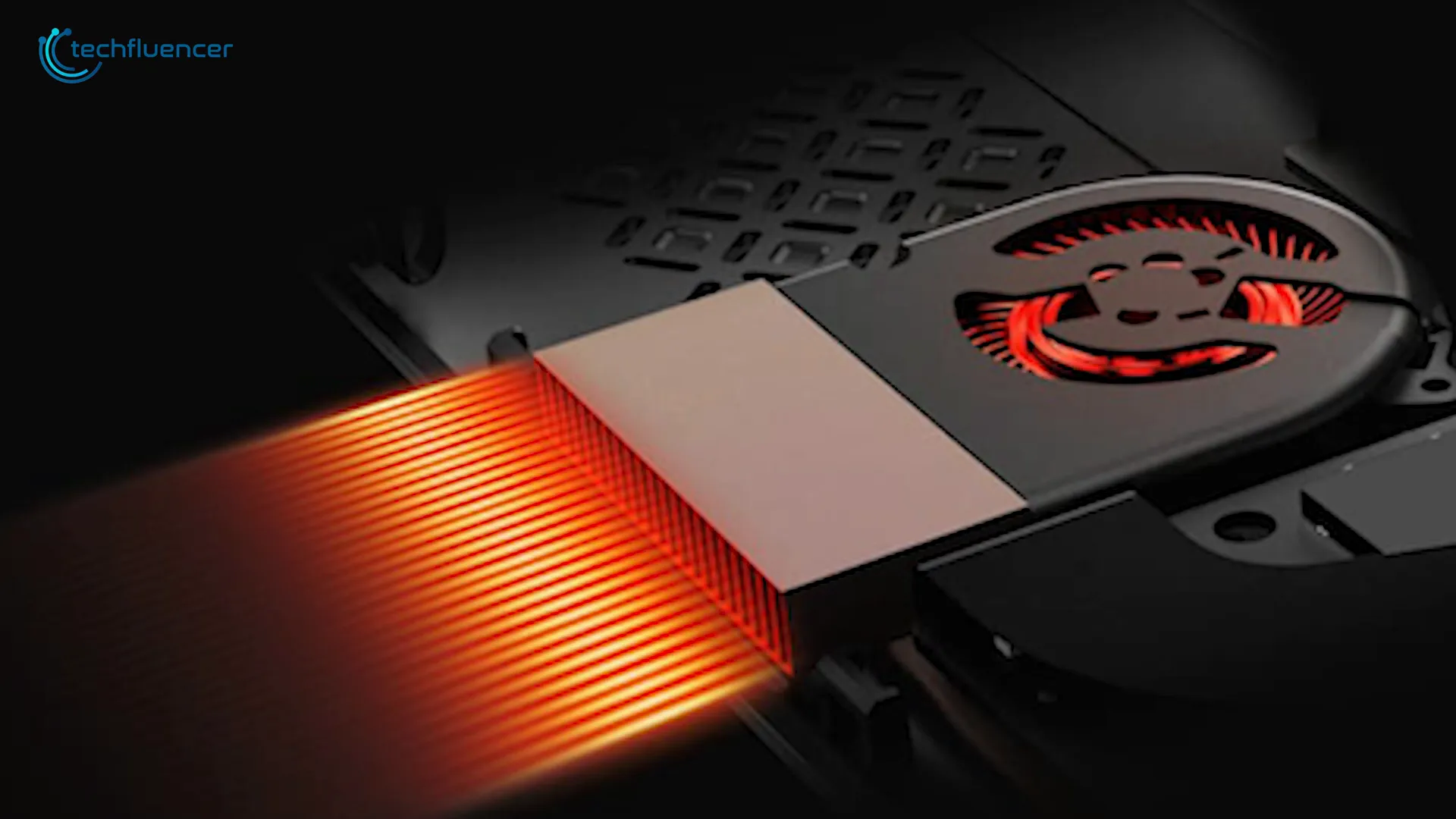
🔋 Battery Life Comparison
Battery life is a crucial factor for handheld gaming devices. The Odin 2 Portal excels in this area, offering a playtime of 8 to 10 hours on a single charge. This impressive longevity allows gamers to enjoy extended sessions without the constant worry of recharging.
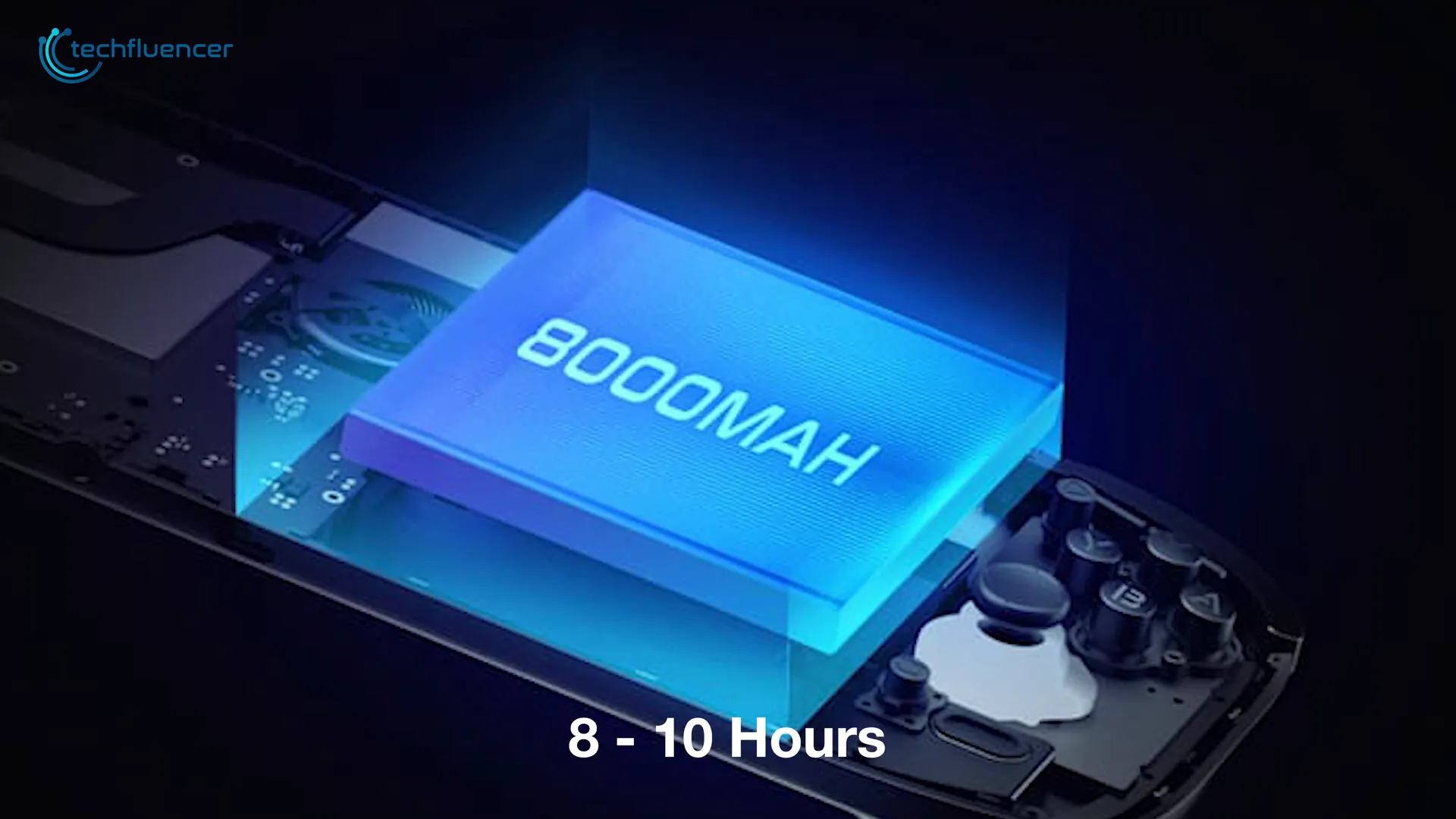
In comparison, the Steam Deck OLED has also made significant strides in battery performance, improving its life by 30 to 50% over its predecessor. This enhancement means longer gaming sessions and less time tethered to a power source, making it a viable option for on-the-go gaming.
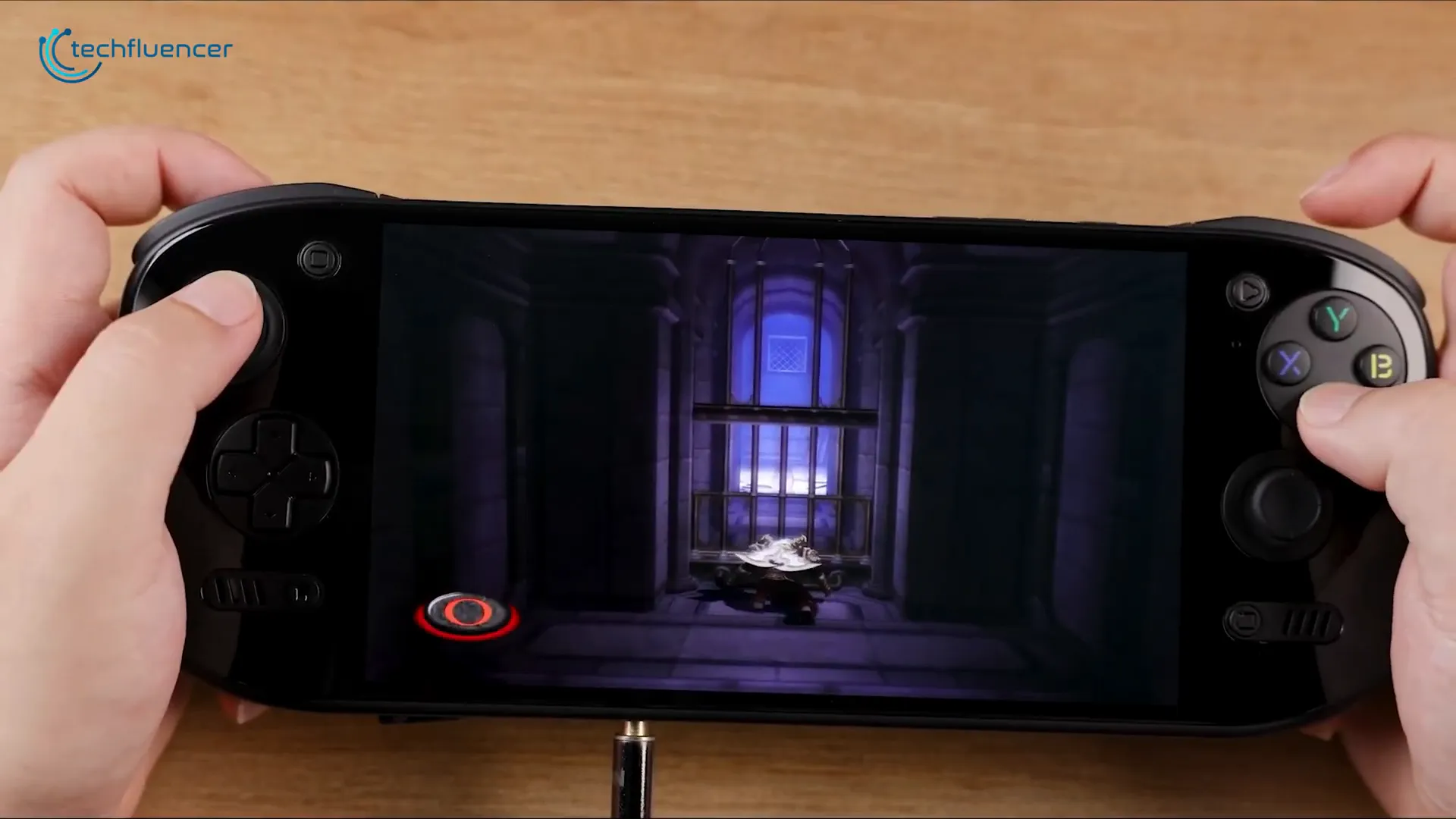
📺 Display Quality
When it comes to display quality, both devices have unique strengths. The Odin 2 Portal features a 7-inch 1080p AMOLED screen with a 120 Hz refresh rate, delivering vibrant colors and smooth visuals. This high refresh rate enhances the gaming experience, particularly in fast-paced titles.
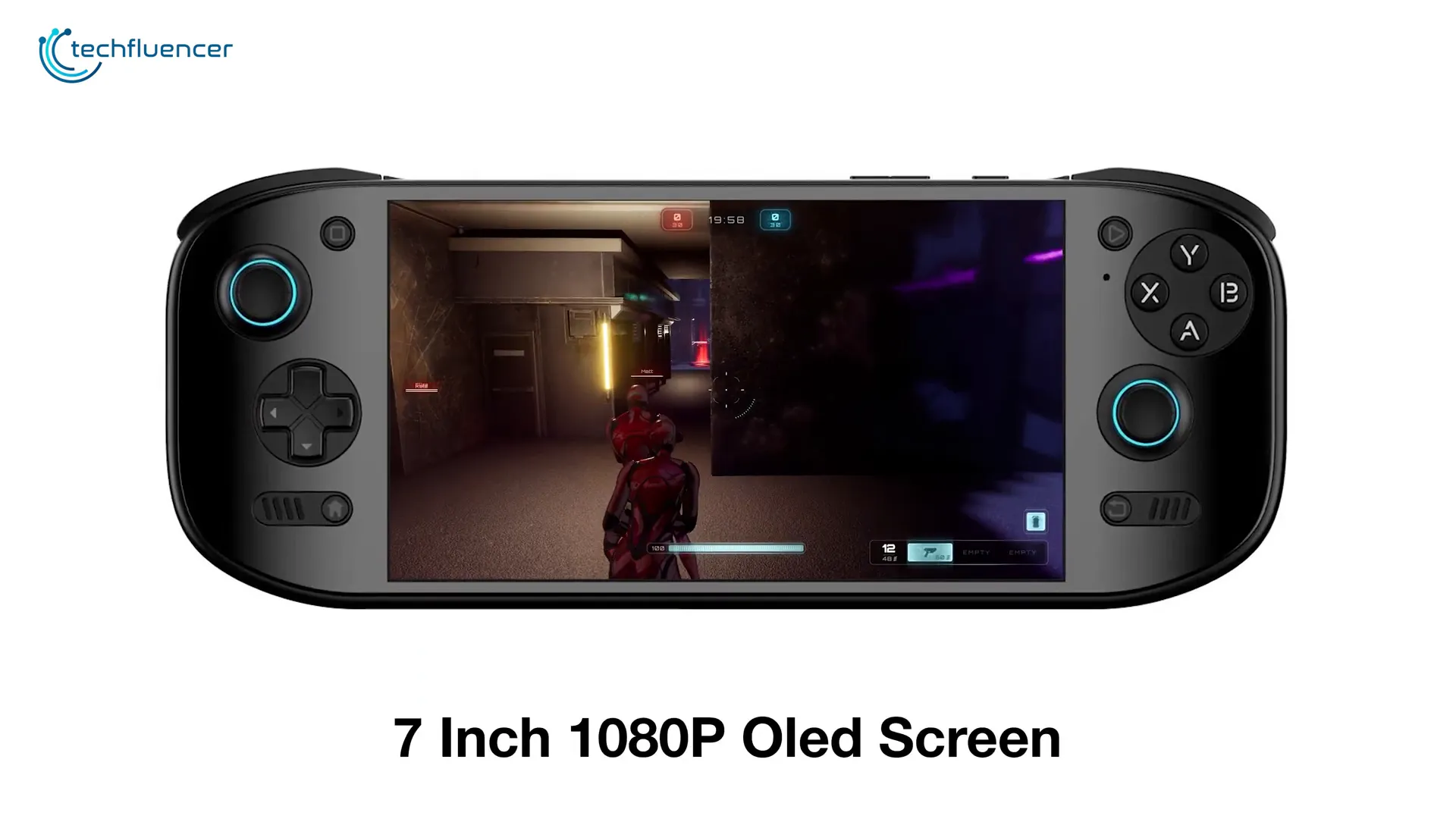
On the other hand, the Steam Deck’s OLED screen is known for its ability to produce deep blacks and vivid colors, creating an immersive gaming environment. The contrast and clarity offered by the Steam Deck make it a strong contender for those who prioritize visual fidelity.

Ultimately, your choice may depend on whether you prefer the smoothness of higher refresh rates or the rich color depth offered by OLED technology. Both displays cater to different gaming preferences, ensuring that each device shines in its own right.
🎮 User Experience
User experience plays a pivotal role in the overall enjoyment of a gaming device. The Steam Deck operates on Steam OS, a customized version of Linux that provides a console-like experience. This interface is intuitive, especially for users familiar with the Steam ecosystem, and the Big Picture Mode enhances the usability with a controller.
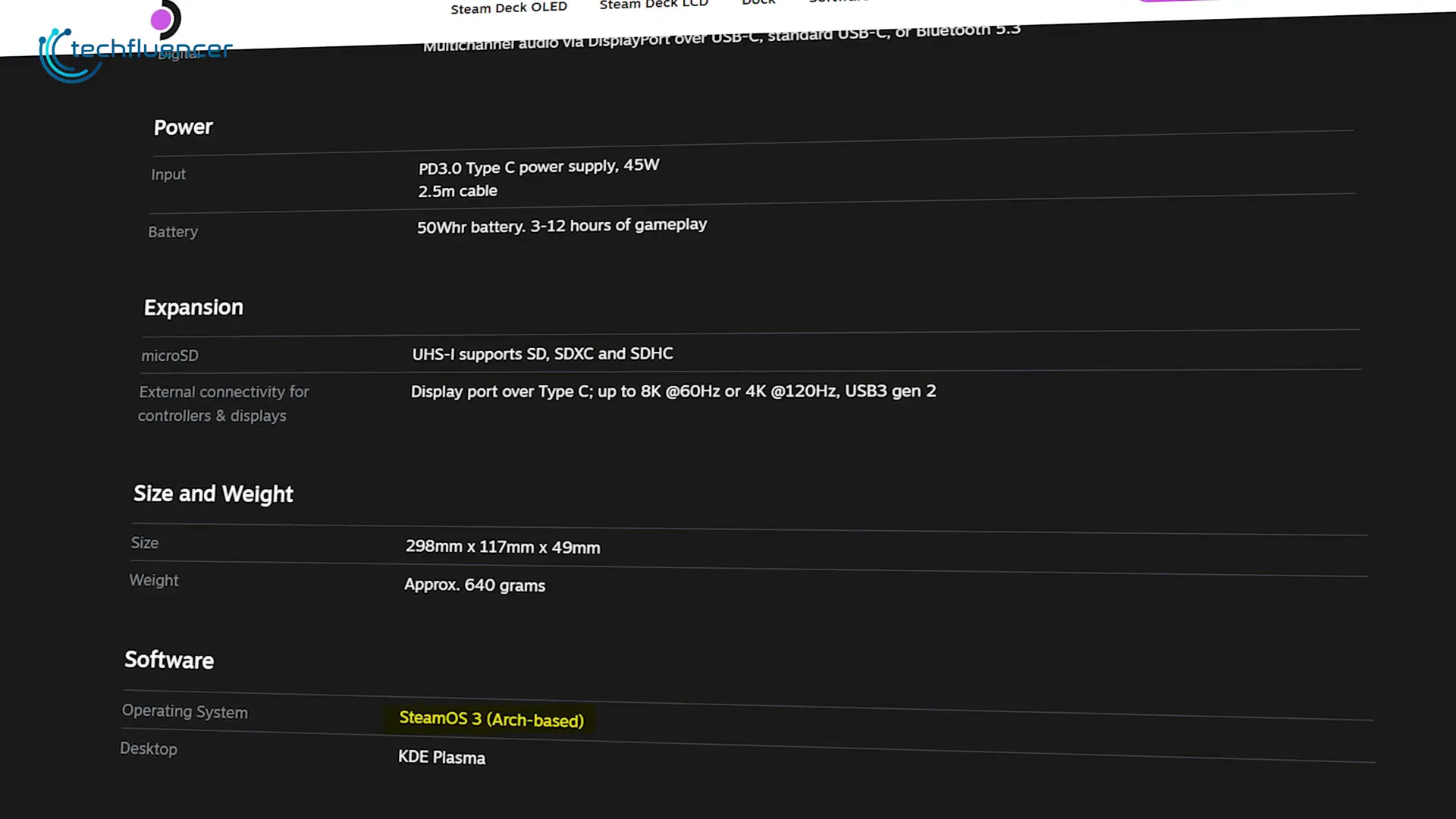
In contrast, the Odin 2 Portal runs on Android 13, which offers a more flexible environment. Gamers will find it easy to navigate, as it resembles the interface of most Android devices. This familiarity allows for quick access to games, emulators, and various applications, making it a versatile option for gamers who enjoy more than just gaming.

Additionally, the Odin 2's quick wake function allows users to resume gameplay almost instantly, similar to how smartphones operate. This feature is particularly useful for those who want to jump back into the action without delays. The Steam Deck's suspend feature is effective but takes a few seconds longer to wake up, which may affect the overall convenience for some users.
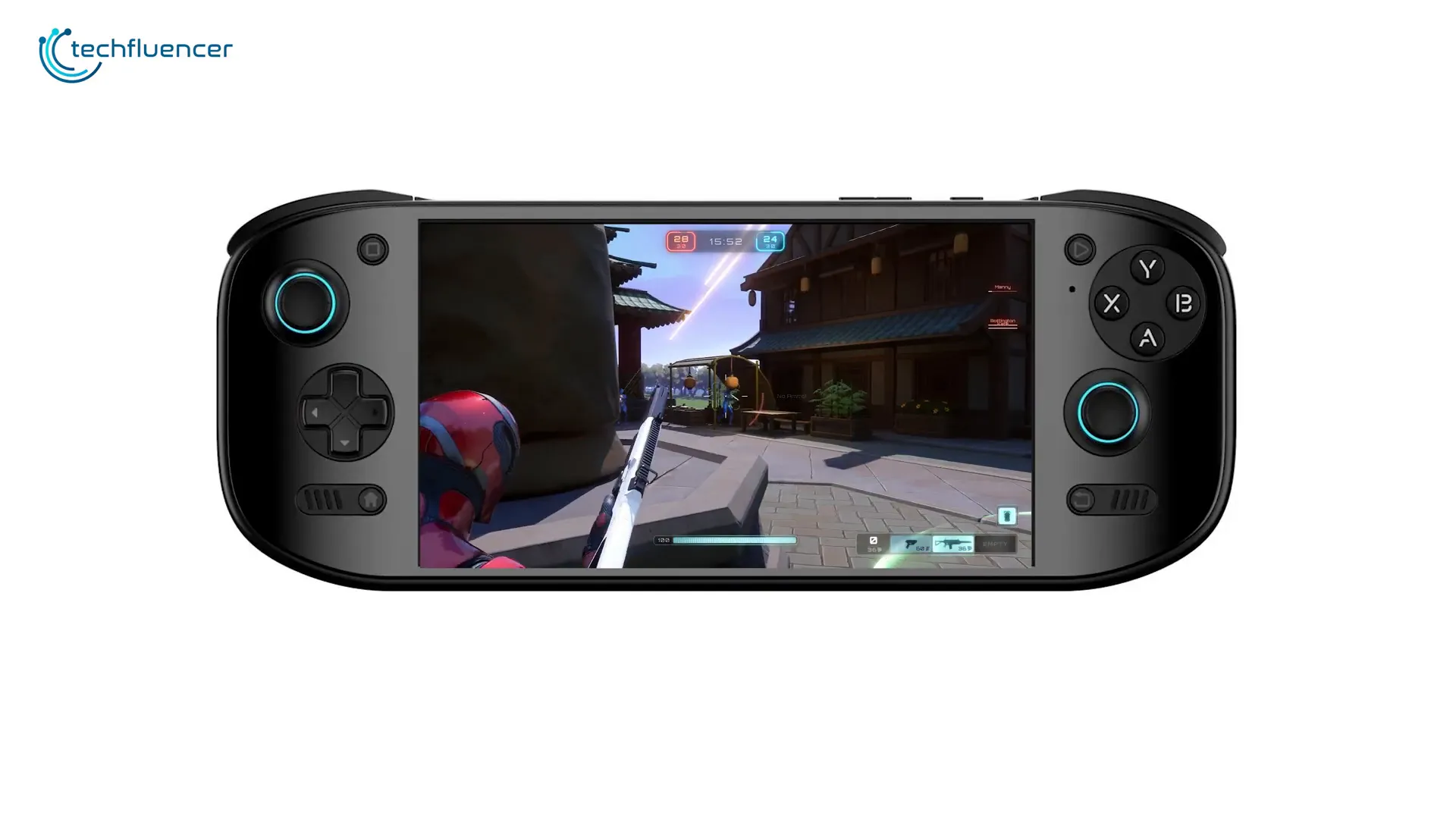
❄️ Cooling Systems
Effective cooling systems are vital for maintaining performance during extended gaming sessions. The Odin 2 Portal features an advanced active cooling system, which is made possible by its larger internal space. This design promotes better airflow, preventing overheating and ensuring consistent performance even with demanding titles.
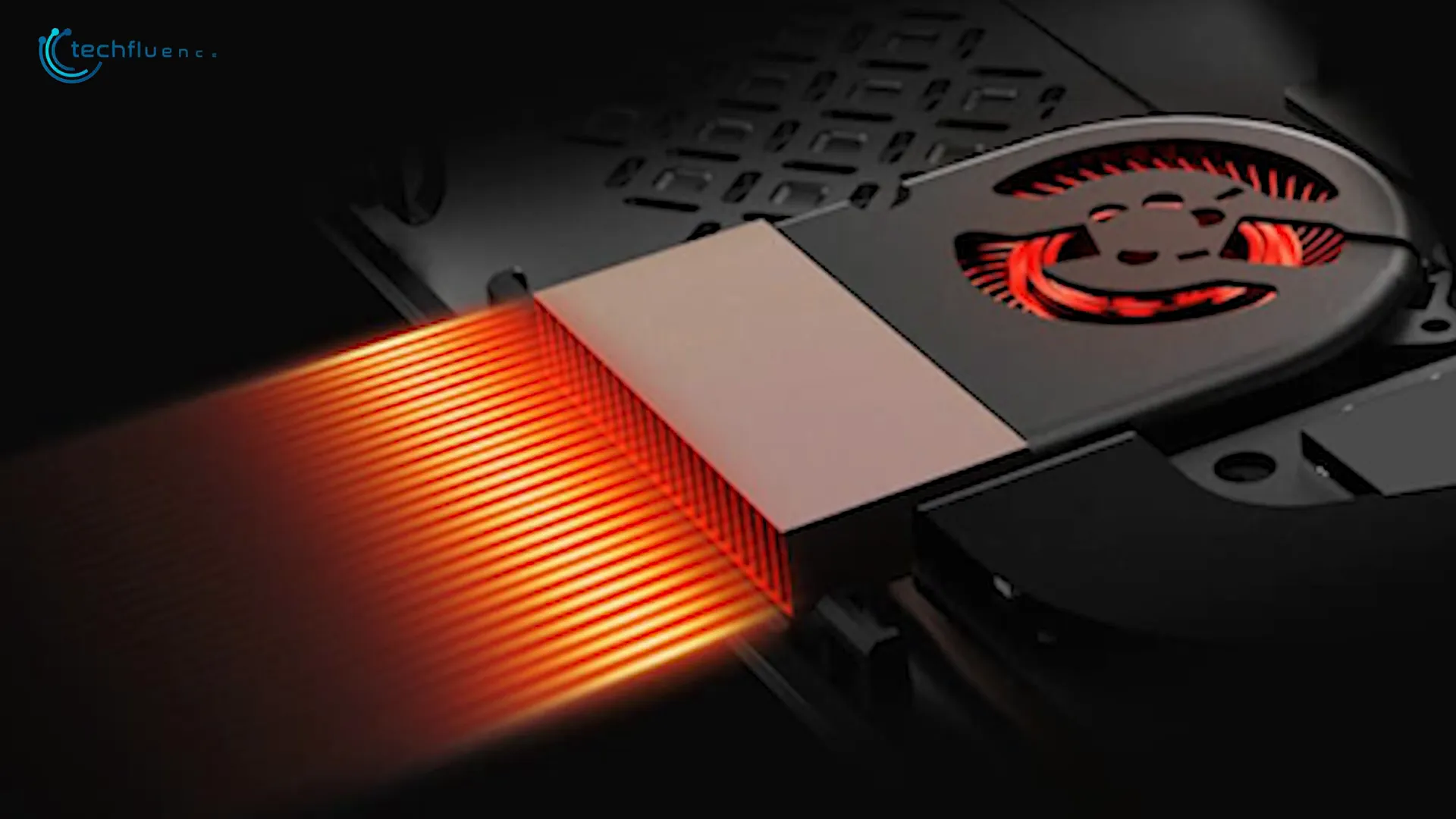
Meanwhile, the Steam Deck has its own cooling solutions, designed to manage the heat generated by its custom AMD chip. While effective, the Steam Deck may not provide the same level of thermal management as the Odin 2 Portal during particularly intense gaming sessions.
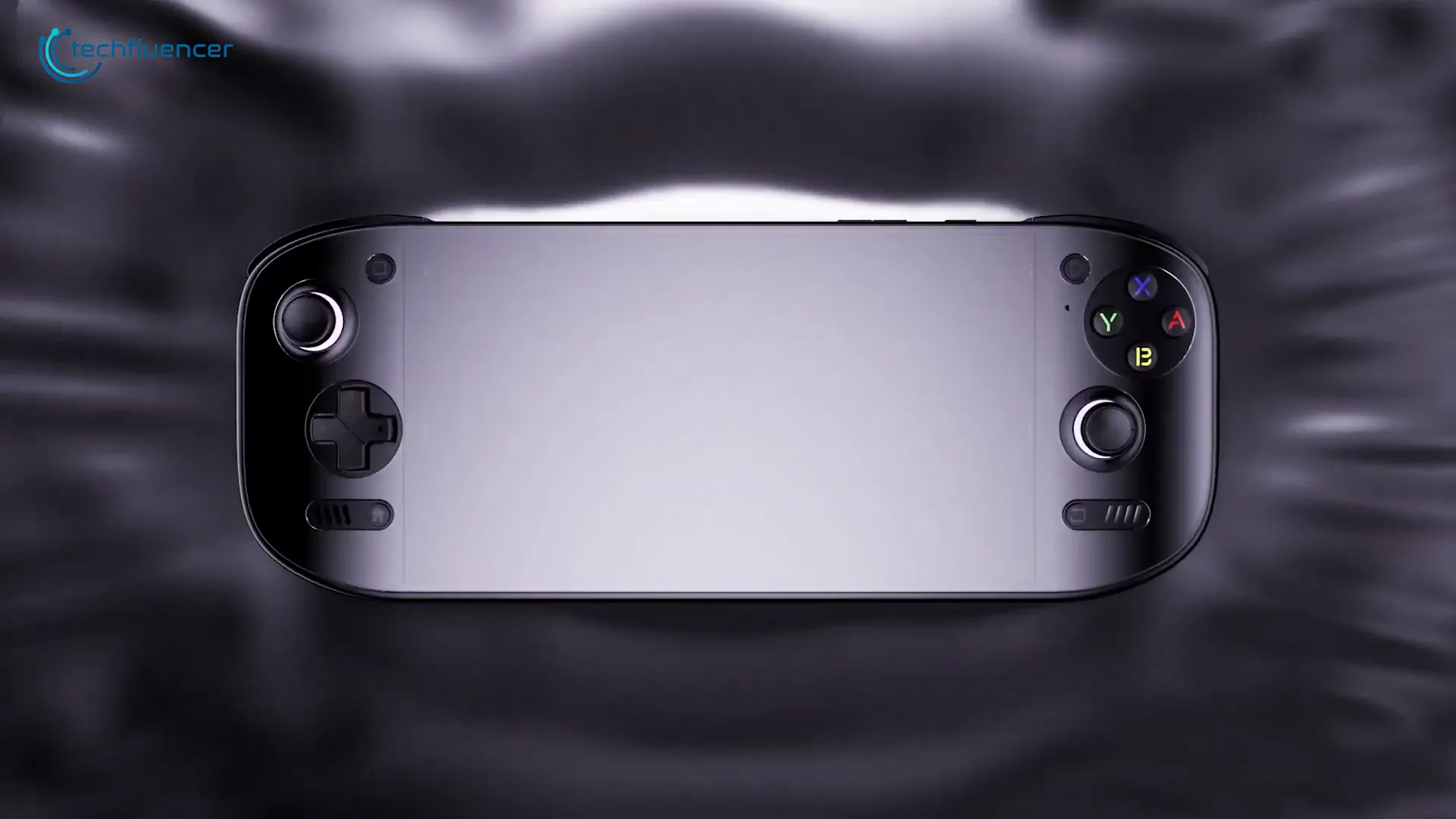
For gamers who engage in long play sessions, the Odin 2 Portal's superior heat management may make it the more appealing option. Keeping the device cool ensures that performance remains stable, allowing for uninterrupted gaming enjoyment.
📦 Storage Options
Storage is a crucial consideration for any gaming device. The Odin 2 Portal offers impressive configurations, including options for up to 1TB of internal storage. This allows gamers to keep a vast library of games without the hassle of external storage solutions.

In comparison, while the Steam Deck also supports micro SD cards, it typically comes with less internal storage compared to the Odin 2 Portal. Users may find themselves needing to rely more heavily on external cards, which can lead to a cluttered gaming setup.
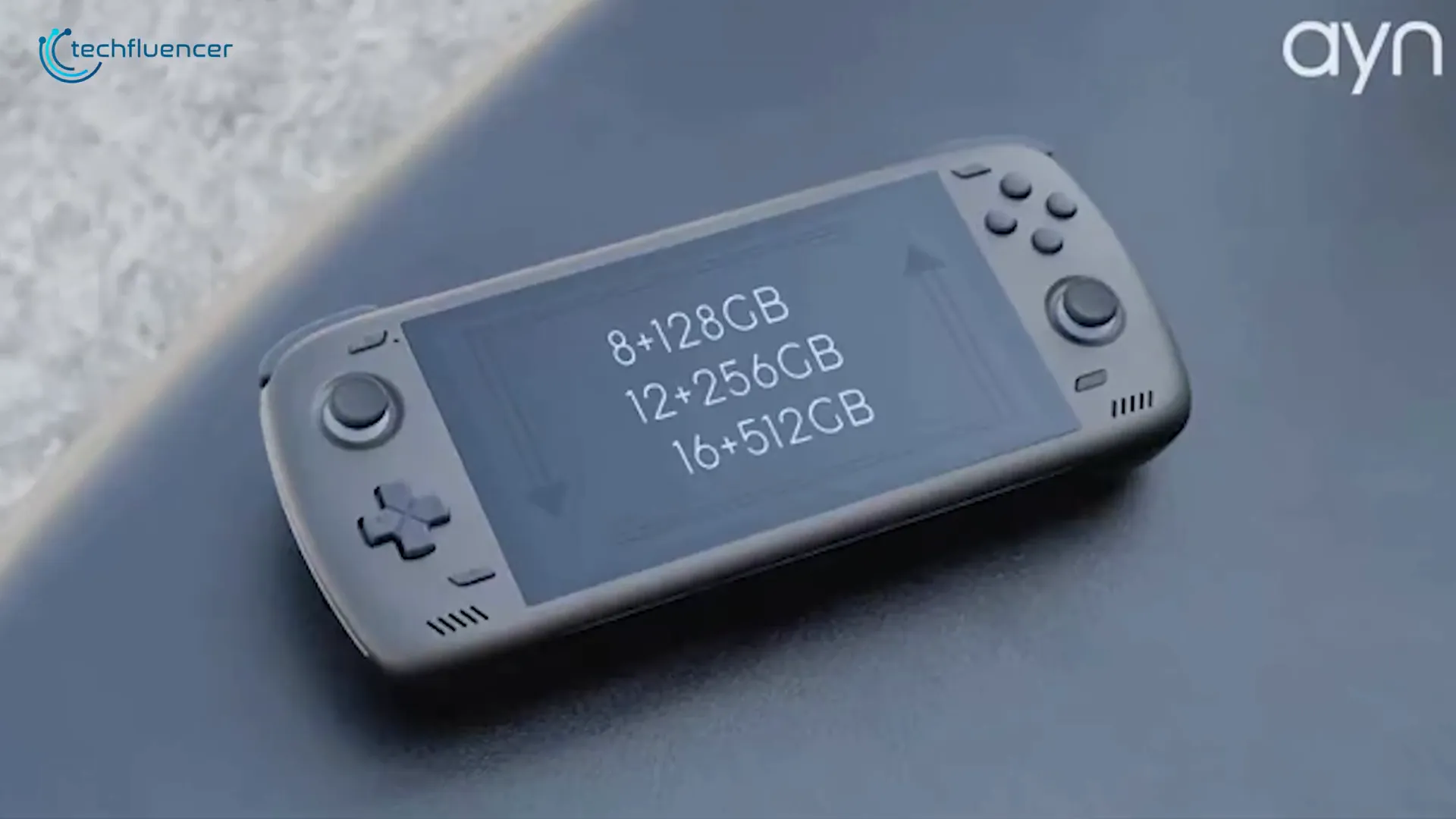
For those who prioritize a clean and efficient gaming environment, the Odin 2 Portal's storage capabilities can be a game-changer, allowing for quick access to a wide range of titles without worrying about running out of space.
🔗 Connectivity Features
Connectivity features enhance the gaming experience, and both devices have their strengths. The Steam Deck is equipped with Wi-Fi 6E support, facilitating faster downloads and smoother online gameplay. This upgrade significantly reduces the time it takes to download games, allowing you to get into the action more quickly.
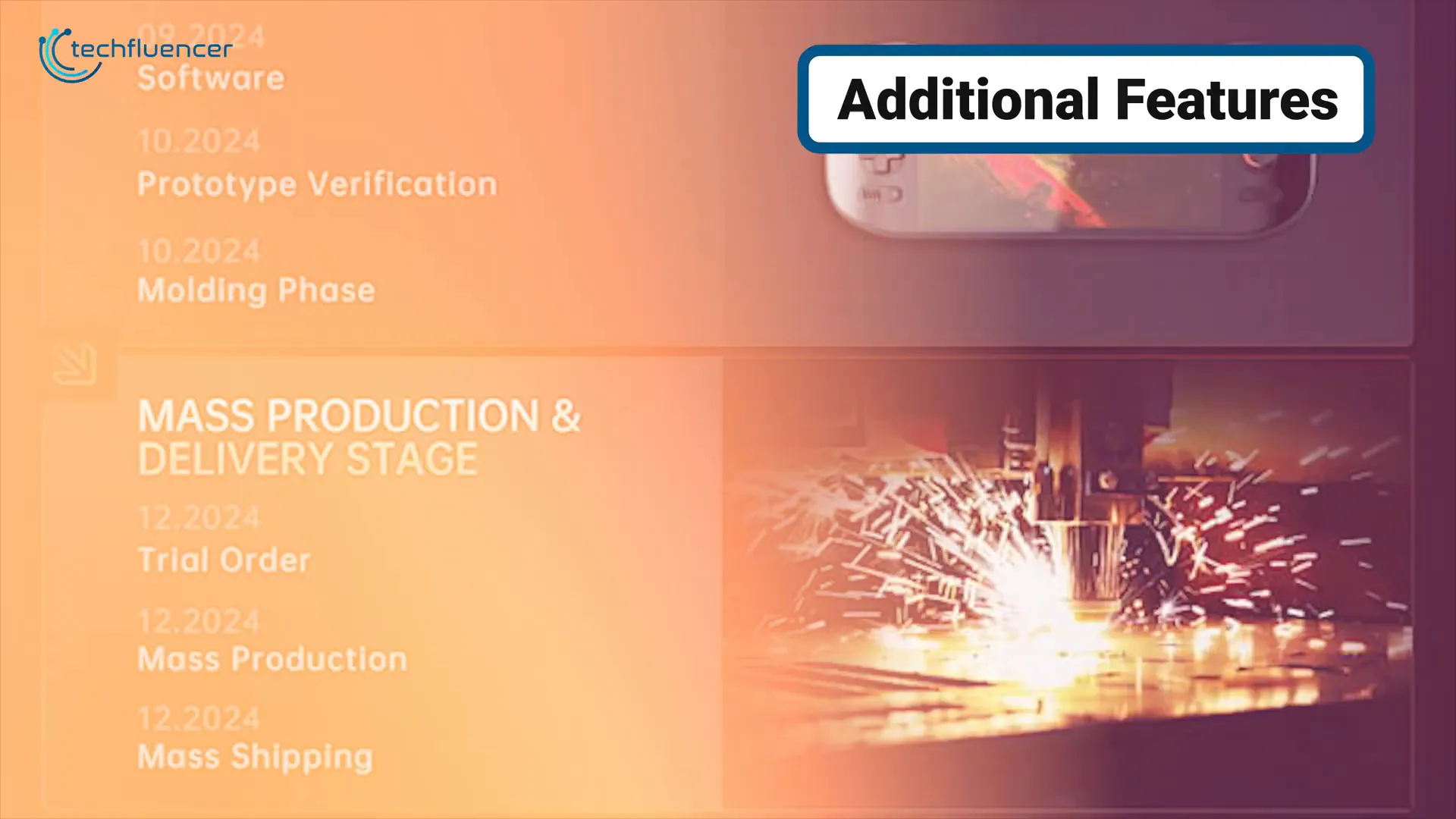
On the other hand, the Odin 2 Portal boasts cutting-edge Wi-Fi 7 capabilities. This advanced technology not only future-proofs the device but also ensures a more stable connection during online gaming sessions. Additionally, with Bluetooth 5.3, users can connect their favorite wireless earbuds and controllers effortlessly.

These connectivity features empower gamers to enjoy seamless online experiences, whether downloading new titles or connecting to multiplayer games.
🎨 Customization Capabilities
Customization is a significant aspect for many gamers. The Steam Deck shines in this area by allowing users to install Windows. This feature opens up a plethora of gaming possibilities, enabling access to a wider range of titles beyond the Steam library.
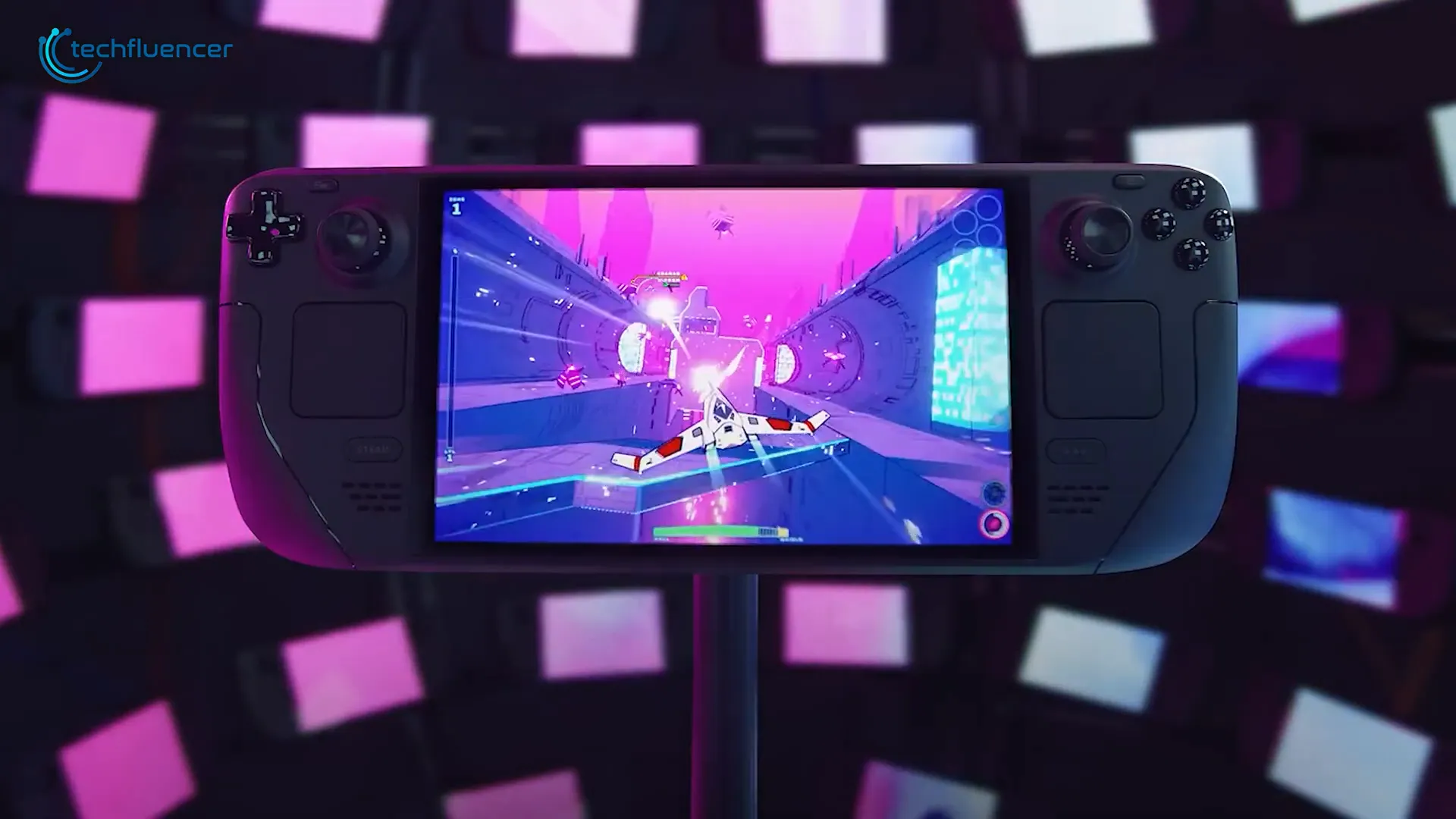
Meanwhile, the Odin 2 Portal offers its own unique customization options, particularly through its Android operating system. Users can download various emulators and applications, providing a flexible gaming environment tailored to their preferences.
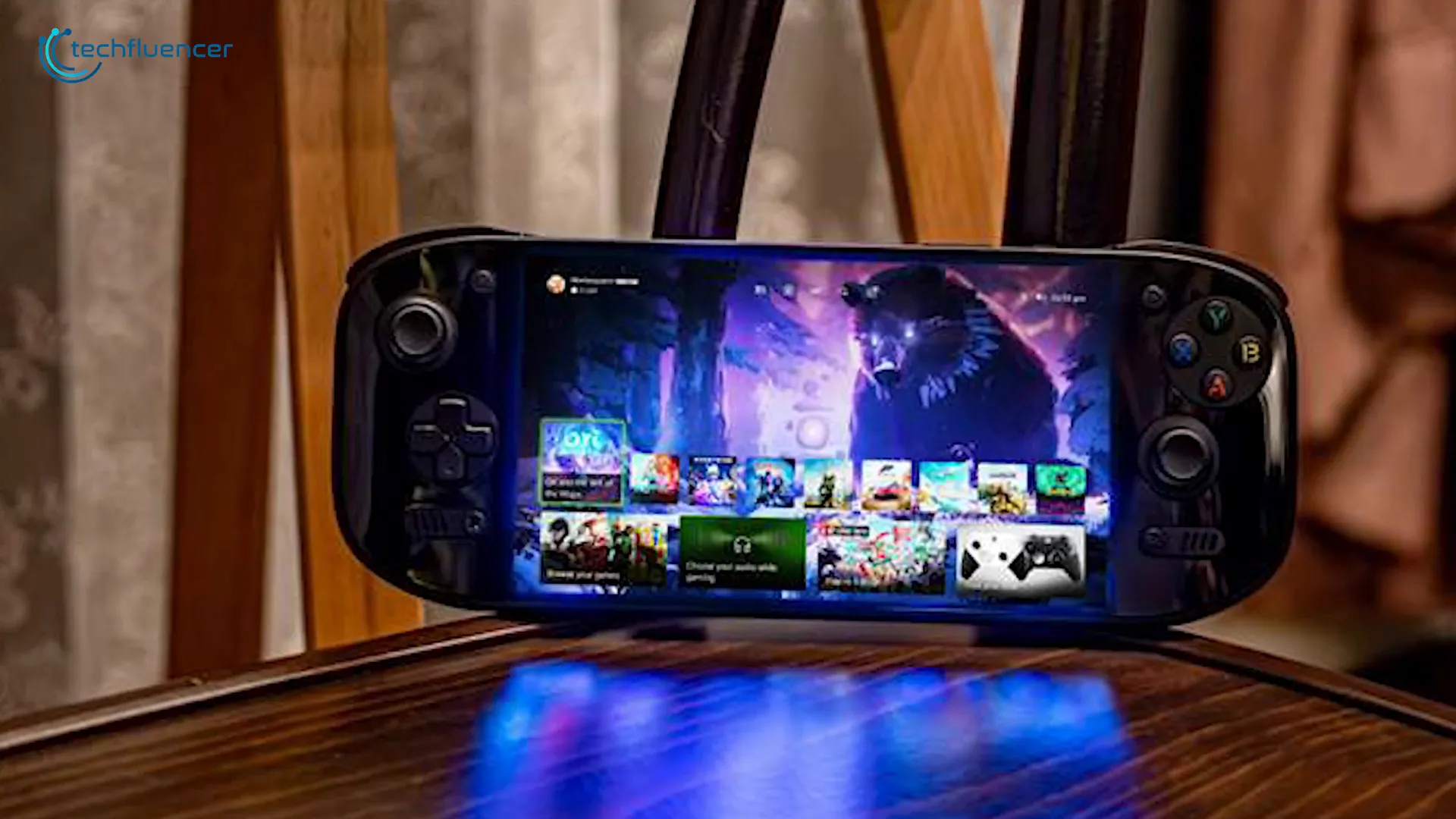
Ultimately, both devices cater to the customization desires of gamers, but in different ways. The Steam Deck appeals to those wanting a PC-like experience, while the Odin 2 Portal attracts those looking for versatility in mobile gaming.
⏩ Quick Wake Features
In today's fast-paced gaming environment, quick access to gameplay can enhance the user experience significantly. The Odin 2 Portal features a quick wake function that allows users to resume gameplay almost instantly by simply pressing the power button. This functionality mimics the responsiveness of modern smartphones.
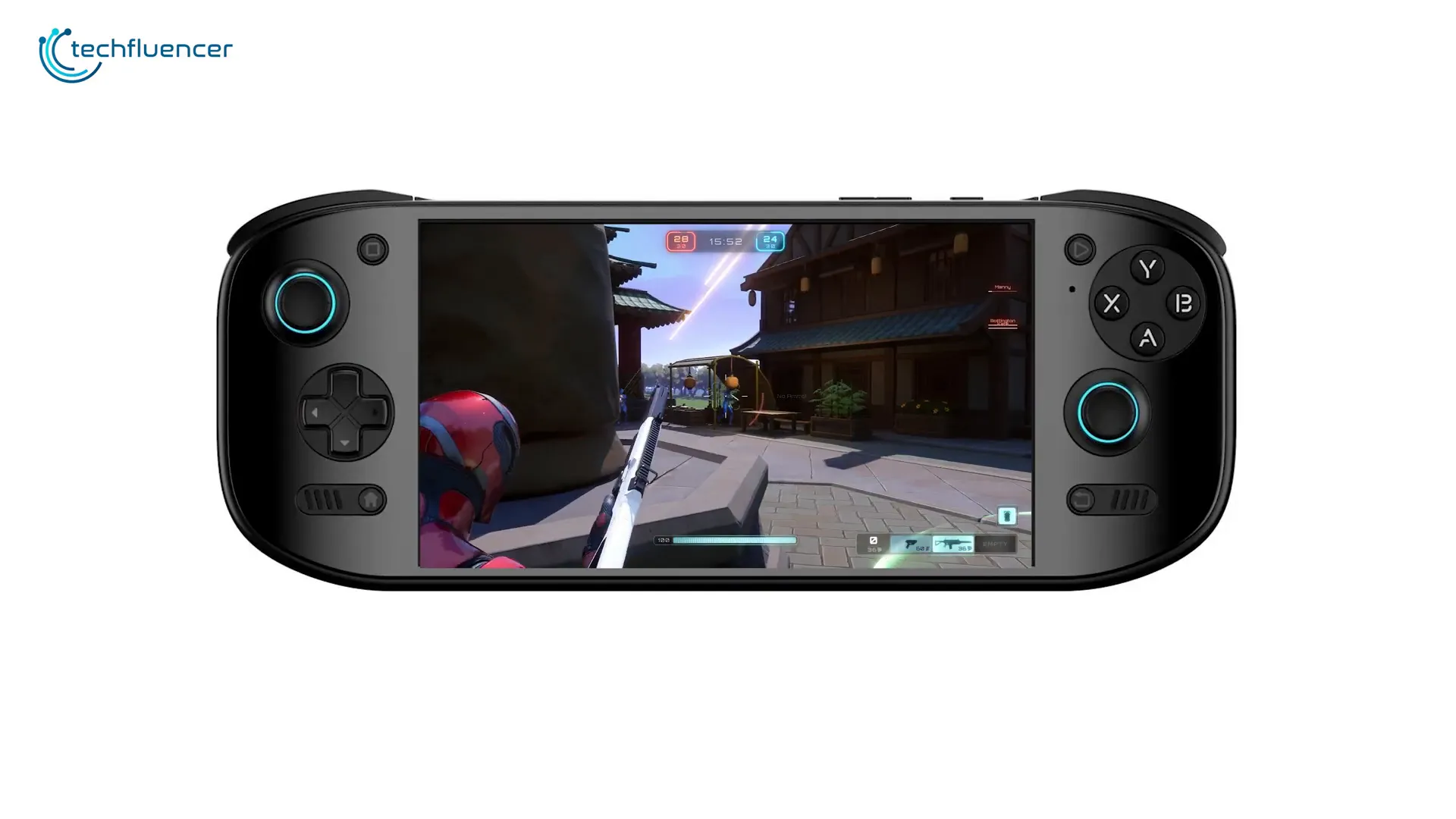
In contrast, the Steam Deck employs a suspend feature that, while effective, takes a few seconds longer to wake up. This difference in responsiveness can affect how quickly players can jump back into their games, making the Odin 2 Portal a more appealing choice for those who value speed and convenience.
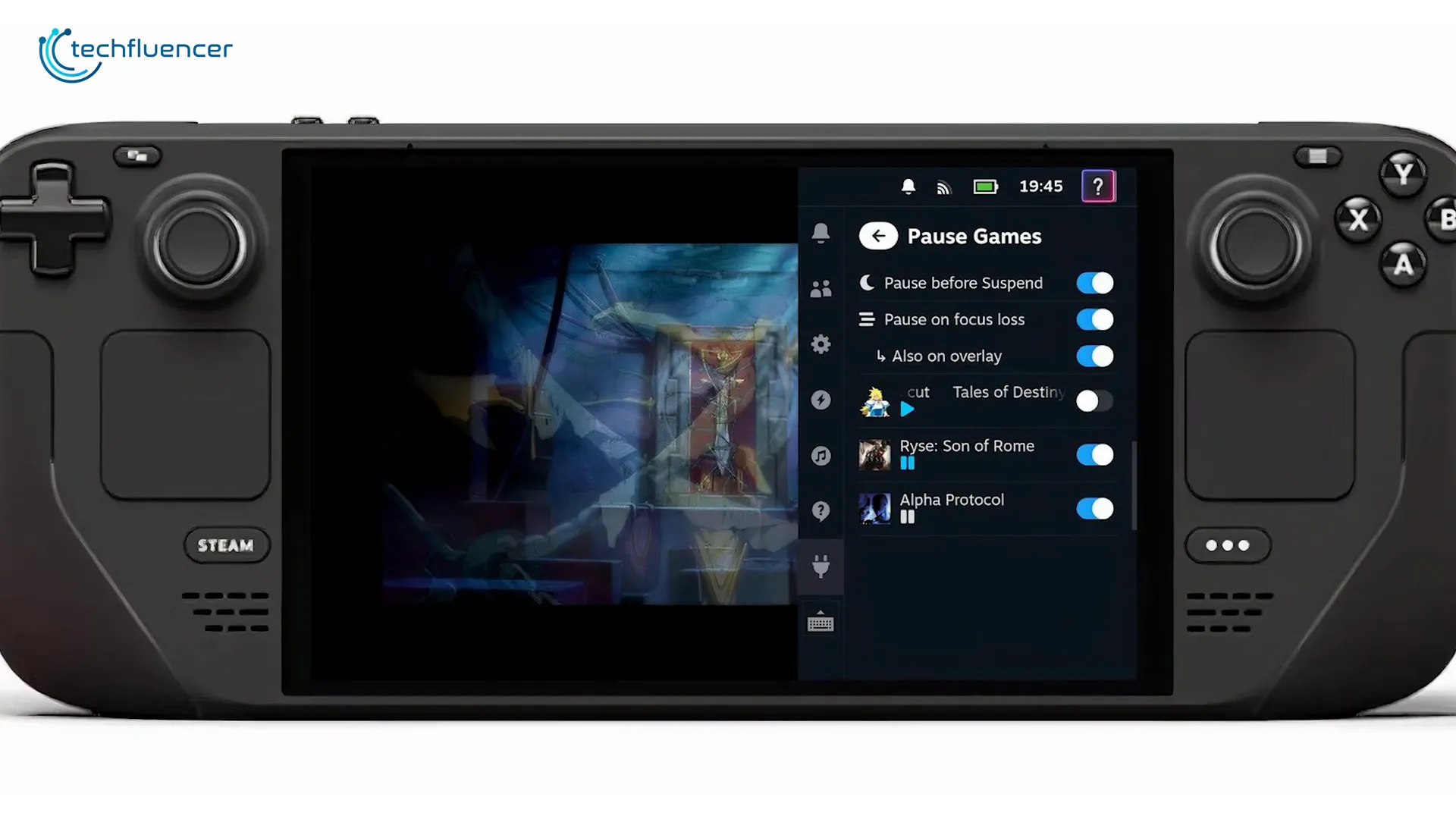
For gamers who often find themselves needing to pause and resume their sessions, the quick wake feature of the Odin 2 Portal can significantly enhance their overall experience.
🔚 Conclusion
In conclusion, both the Odin 2 Portal and the Steam Deck present compelling options for handheld gaming enthusiasts. The Odin 2 Portal excels in areas such as storage capacity, connectivity, and quick access features, making it a great choice for mobile gamers and those who enjoy versatility.
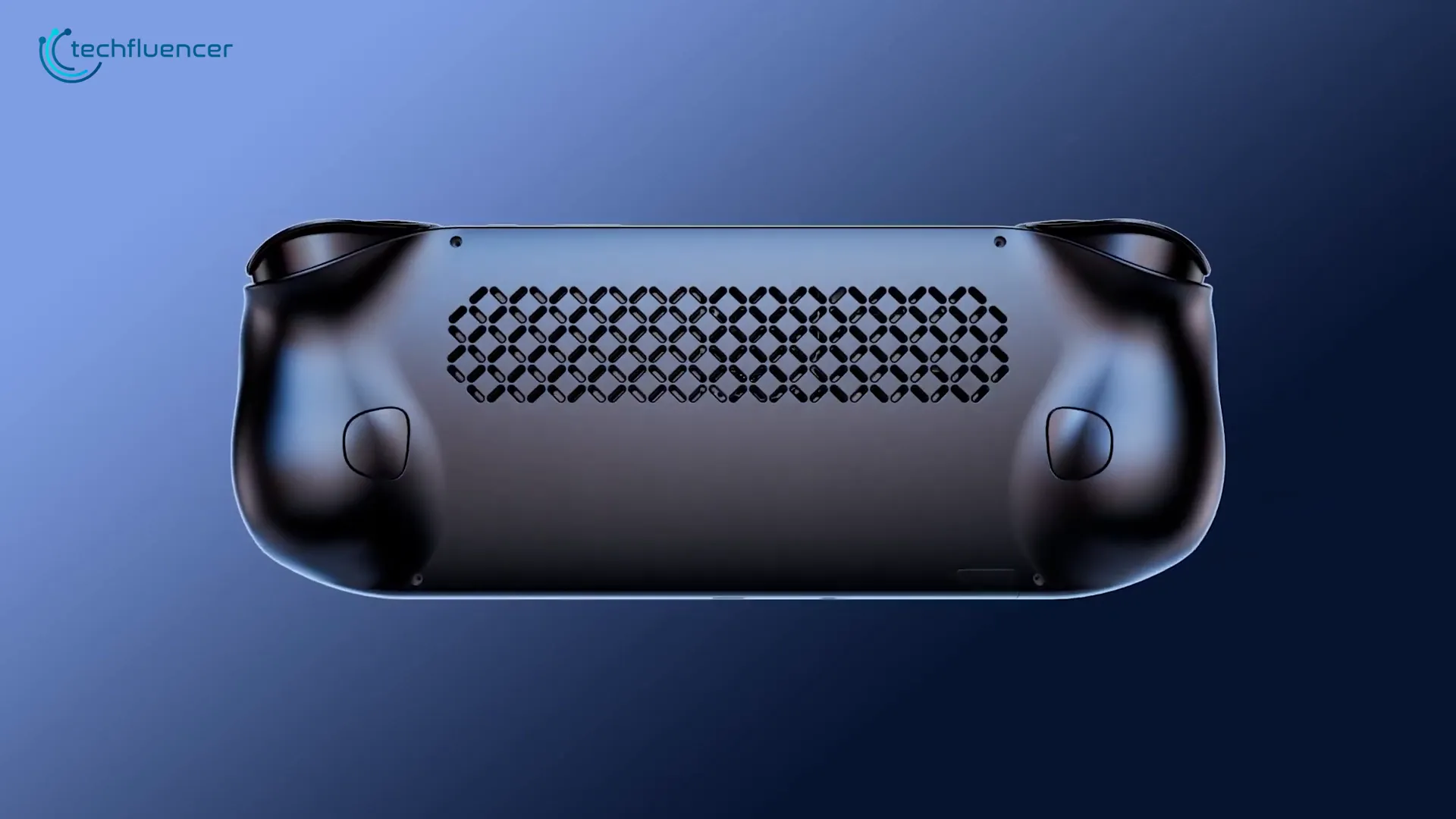
On the other hand, the Steam Deck stands out with its robust PC gaming capabilities and customization options, appealing to gamers looking for a more traditional gaming experience on the go.
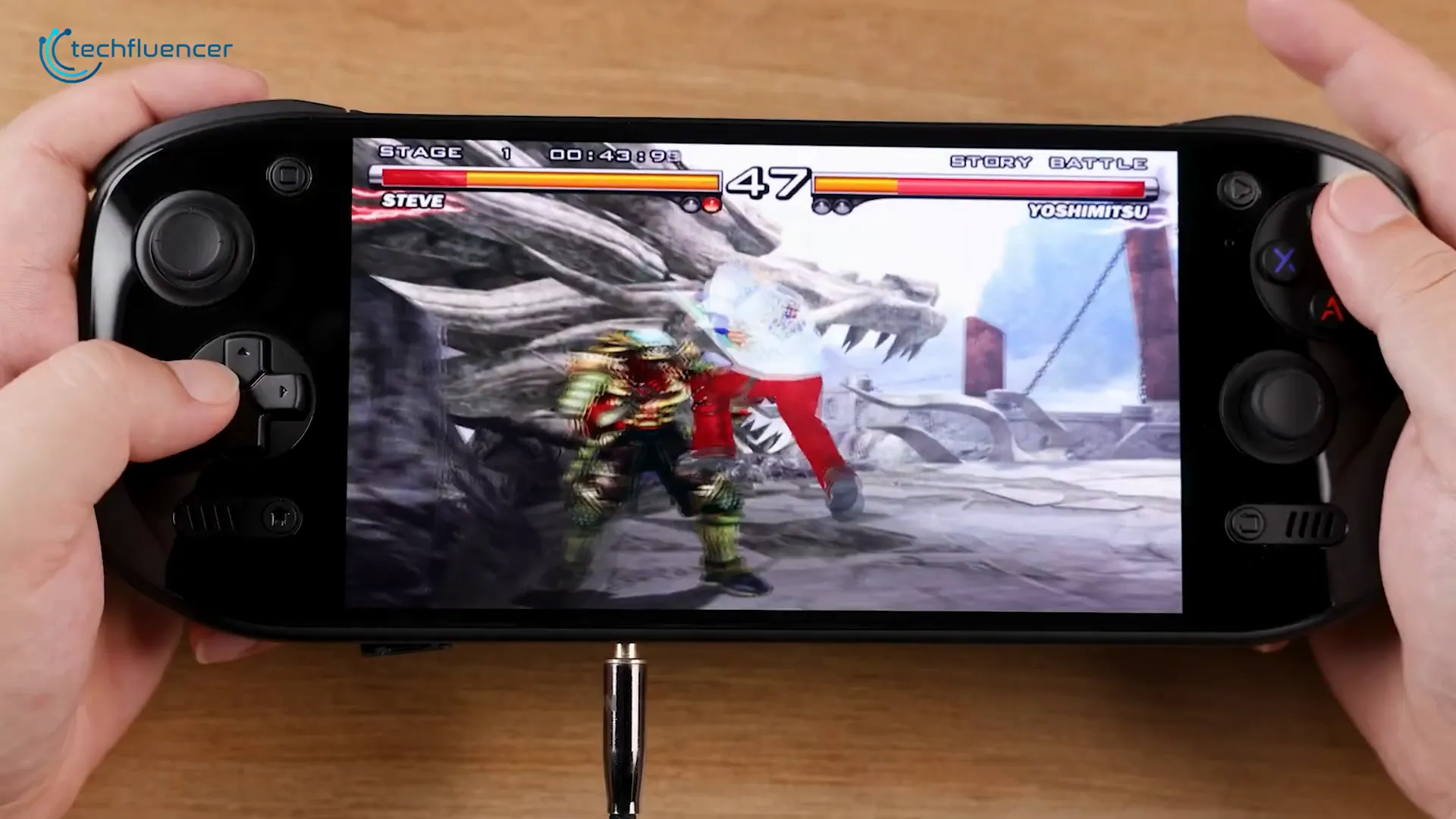
Your choice ultimately depends on what aspects of gaming are most important to you. Whether it's the sleek design and flexibility of the Odin 2 Portal or the powerful performance and extensive library of the Steam Deck, both devices have much to offer in the competitive landscape of handheld gaming.




Leave a comment
This site is protected by hCaptcha and the hCaptcha Privacy Policy and Terms of Service apply.